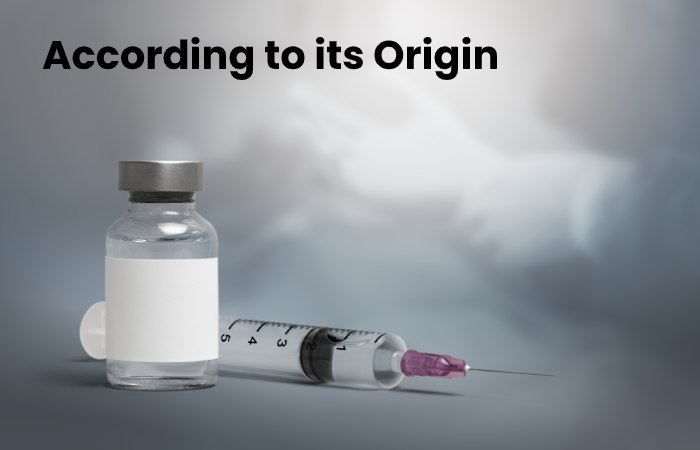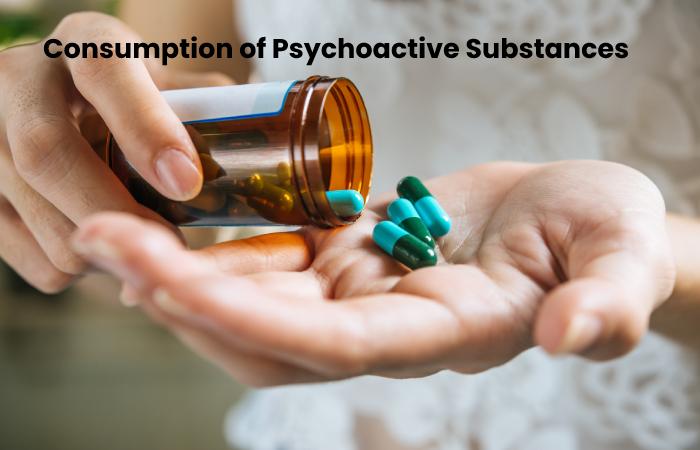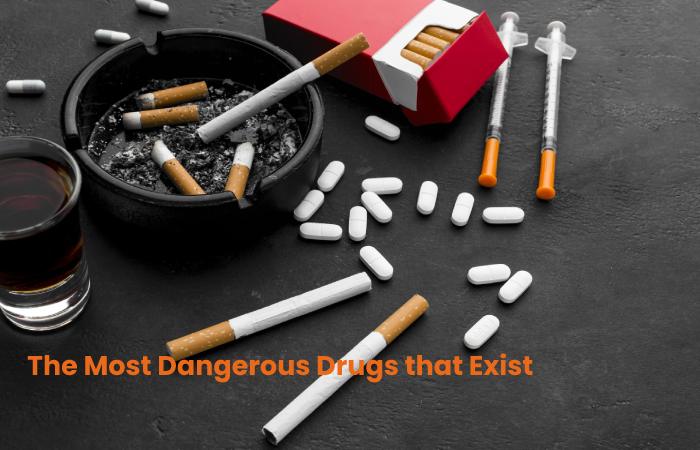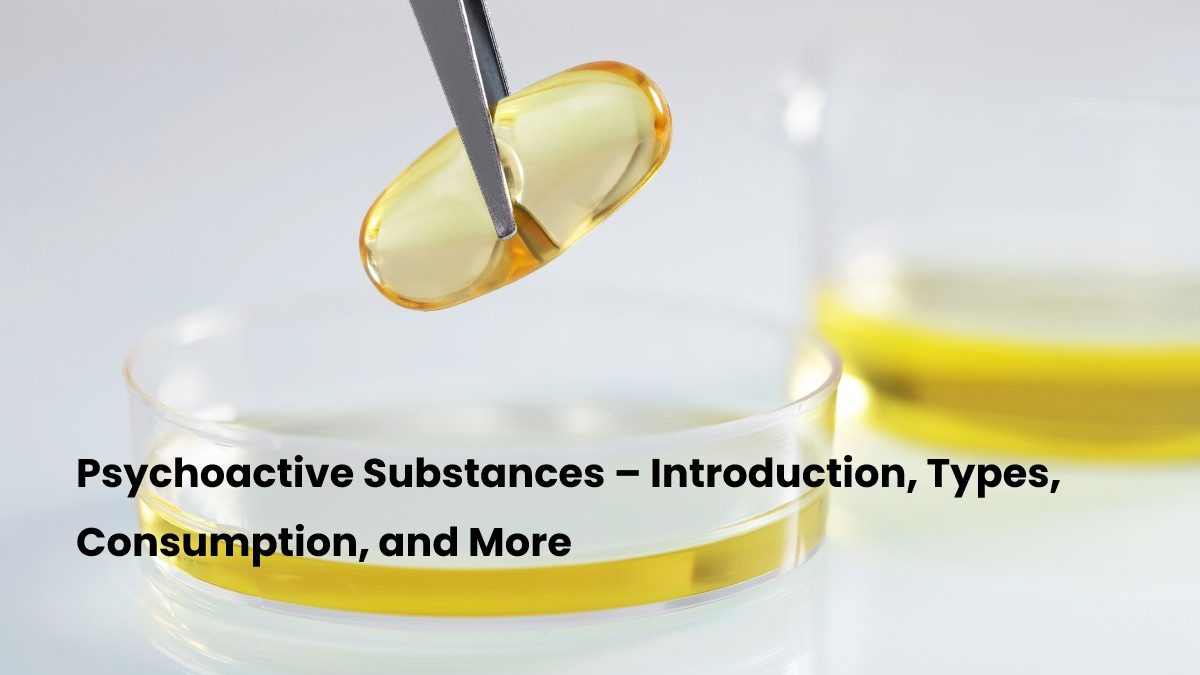Table of Contents
Introduction
Psychoactive substances are a topic that should not be taken lightly nor at a general level. It is not a question of judging people who consume or not, nor is it about going against society’s pre-established. The real question of consumption is the use that gives to the substance.
All psychoactive substances have a high level of psychological dependence. It means that you cannot carry out a particular activity, be it writing an essay, working on a subject, concentrating on a recipe, or editing a document. However, being creative and writing poetry, reading a book, an item, or having sex without being influenced by a particular substance.
Substance. People with this dependency tend to excuse their use and refer to the absence of withdrawal syndrome. However, the satisfaction or perception of efficiency or enthusiasm for carrying out these activities is not the same without the effects of any drug.
What is the Problematic Use of Psychoactive Substances?
Consumption is problematic when it affects health and relationships with family and friends. Also, it alters daily activities, such as work or study, or when it involves economic problems or the law.
“Initial consumption, even sporadic, generates a greater risk for the individual of falling into substance abuse or dependence. There is great concern among health professionals, who show that the beginning of the consumption of psychoactive substances on the part of young people occurs at an earlier age in Colombia.
Psychoactive Substances have Different Forms of Classification:
According to its effects on the central nervous system
They may be:
Stimulants:
They excite the psychic activity and the central nervous system and increase the rhythm of other organs and organic methods.
Depressants:
It slows down the rhythm of bodily functions, psychic activity, and the central nervous system. These substances are also called psychometrics.
Hallucinogens:
Capable of altering and distorting the individual’s sensory perception, interfering with their state of consciousness and cognitive faculties, they can generate hallucinations.
According to its Origin

They may be:
Origen Natural: Psychoactive Substances
They are found in the atmosphere and used by users without any manipulation or chemical process.
Synthetics: Psychoactive Substances
Therefore, they are made exclusively in the laboratory through chemical processes whose chemical structure is not related to any natural component.
According to your Legal Situation
They can be:
Illicit:
Illicit drugs are punishable by law, that is, illegal. These include marijuana, cocaine, heroin, etc.
Tenders:
Illicit drugs are not punishable by law, that is, legal.
New Psychoactive Substances
They can be:
NPS:
Original psychoactive substances are defined as “substances of abuse, whether in pure form or preparation, are not precise by the 1961 Single Convention on Narcotic Drugs or the 1971 Convention on Psychotropic Substances.”
Emerging:
In addition to new substances, they include any change in presentation, the pattern of use, purity, or presence of contaminants, which may pose a threat to public health and are subject to analysis by the Early Warning System.
Consumption of Psychoactive Substances

In this section, you will find information from the National Survey on the Prevalence of Psychoactive Substance Use that provides data on:
- The number of people who declared using psychoactive substances in different reference periods and its incidence in the total population affects consumption. Thus psychoactive substances include legal or social drugs, illegal drugs, and drugs (stimulants, tranquilizers, anorectics, and other medications).
- The sociodemographic, socioeconomic, educational, and family environment characteristics of the 16 to 65 consume psychoactive substances. Live in private homes with 5,000 inhabitants or more urbanities.
- The wide-ranging objective of this Investigation was to update the information system on the consumption of psychoactive substances at the national level and, in this way, to design more effective public policies to refine the population’s health conditions.
- By definition, psychoactive substances encompass all those substances capable of acting on psychic function or experience, producing an alteration of mood, thought, and feelings. However, in colloquial language, the word drug usually refers specifically to psychoactive substances and, especially, to illegal drugs.
- In this sense, caffeine, tobacco, alcohol, and other substances used for non-medical purposes and have an “accepted, permitted or encouraged social use” are considered drugs due to their psychoactive effects.
Generally, Studies of Psychoactive Substances Divide into Three Groups:
- Legal or social psychoactive substances (tobacco, alcohol, among others).
- Illegal or prohibited psychoactive substances (marijuana, cocaine, base paste, and ecstasy, among others)
- Substances controlled or restricted to medical uses (tranquilizers, stimulants, and slimming drugs)
The Most Dangerous Drugs of Psychoactive Substances
We live surrounded by drugs, whether soft or hard, in the form of medicines: some help, others are addictive and cause the worst side effects you can imagine. However, we lived through the great crisis of heroin, and millions of young people died from its causes. We reveal to you which are the most dangerous drugs in the world.
Flakka
Flakka is a stimulant with a chemical composition similar to the amphetamine found in bath salts. The user will feel a raised heart rate, exhilarating emotions, and, if digested enough, potent hallucinations. The drug can source permanent psychological damage because it affects neurons that regulate moods, such as sertraline and dopamine, and can cause heart failure.
AH-7921
The drug is believed to be 80% more potent than morphine and is known as “legal heroin.” While there has only been one demise related to AH-7921 in the UK, it believes to be extremely dangerous and capable of causing respiratory arrest and gangrene.
Heroin
Heroin is one of the oldest drugs in the world. It initially prescribes a potent pain reliever to treat chronic pain and physical shock. Unhelpful substances globally, tearing communities and families apart. Side effects of heroin include swollen gums, cold sweats, a weak immune system, muscle weakness, and insomnia.
Bath Salts
Bath salts are a crystalline synthetic drug prevalent in the United States. Therefore, side effects include unusual psychiatric behavior, psychosis, panic attacks, violent behavior, and the possibility of a heart attack and elevated body temperature.
Conclusion
Drug or other substance that affects brain function and causes changes in mood, perception, thoughts, feelings, or behavior. Thus, psychoactive substances are alcohol, caffeine, nicotine, marijuana, and certain pain relievers.
Also Read: Life Satisfaction – Introduction, Measures, Steps, Tools, and More

